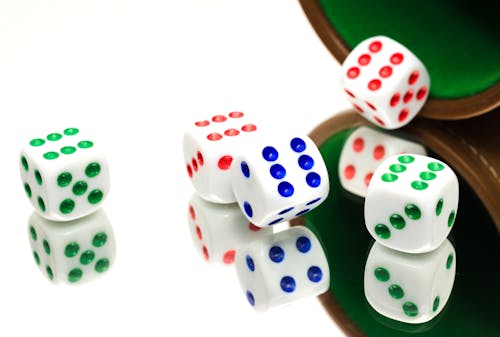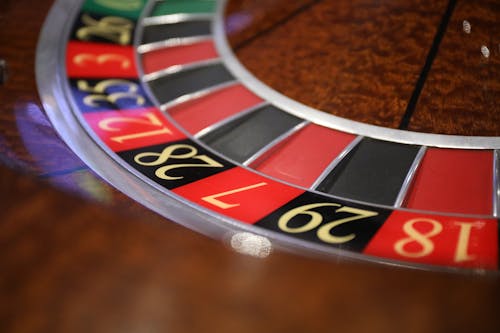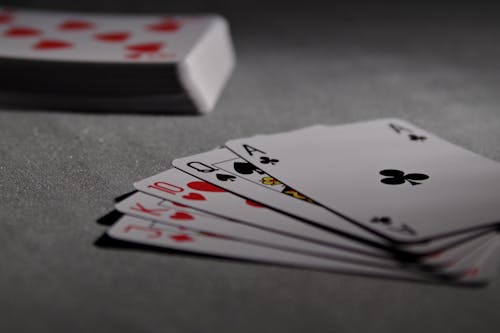Probability in schools as in live
Hi everyone!




The video below is another example of how the probability can be worked in primary education. In it children work with the concept of coin and probability in an easy way.

Today I'm going to share with you some ideas about the teaching of probability. But firstly, I would like you to answer the following questions.
How many situations of the real-life did you use the probability?
What field of quotidian life can be related to it?

I am sure that most of you have found many times and have found many fields. In fact, this is one of the reasons why probability is taught in primary schools. It is very common in our society so it is part of their life. Children since are young try to make sense of their world, therefore, both the teaching of probability and statistics contribute to the searching of their world. Besides, I dare to say that they have live random situations that they didn't know how to face, so their knowledge about probability and statistics will help them to make their own decisions.
The idea of implementing close and real examples for the teaching should be always in the mind of a teacher that is trying to create learning situations. I have few remember about my experience with mathematics at school, however, two of them were clearly related to real life and surprisingly with the didactic of the measurement. One of my remembers is from an activity in which we have to go to the playground and use a big metre to calculate the size of the playground, we were young children (7 years old) and we had to predict and then check. It was such an interesting activity and it is clear I get new learning because nowadays, more than ten years after I still remember it.
Practical ideas
Teachers can use even the lottery to design an activity in which they have to interpret the information and then make an assembly to talk In probabilistic terms. By this way, we will mix two important subjects like Spanish and Math into a significative activity. In addition, the use of familiar games as parchesi, roulette, cards, balls, the game of the Goose, etc. can be an interesting way to make the probability visible and understandable to them.


Other activity can be to propose students statements they have to say whether they are true or not, answering, and say why. Statements such as:
"Imagine that you invite your friend to a party and your friend said to you:
- Oh! I may go to your party.
Afterwards, your friend didn't go to the party.
Do you think your friend has lied to you? Why?"
It is an interesting activity because makes students think and reflect and it is based on real situations that they are currently living. Besides, it can be richer if we plan this like a roleplaying in which by groups have to create a dialogue, so that they are working with the subject of language, then, they have to prepare the stage props using their creativity so they are working with the subject of Art, and represent it. Finally, after the performance, they will carry out a debate in which they have to answer to the questions that will be related to their knowledge about mathematics. In my opinion, the implementing of several subjects that are interested in the same topic and for the same goal is the best way to foster the integral development of students.
The video below is another example of how the probability can be worked in primary education. In it children work with the concept of coin and probability in an easy way.
Now I want to share with you the infographic that I have made and that is related to the teaching of this topic. It has been made with the programme Piktochart which is free and you can create this type of resources for your students or even make a project in which they have to use it to make an infographic, poster or leaflet, etc. Therefore, it can be used to apply their knowledge about any topic of the teaching of the measurement at the same time they are getting other competences as the digital one.
Infographic: Didactic of probability
That is all for today, I invite you to think about it and I hope that the infographic will be useful for you! 😊
Comentarios
Publicar un comentario